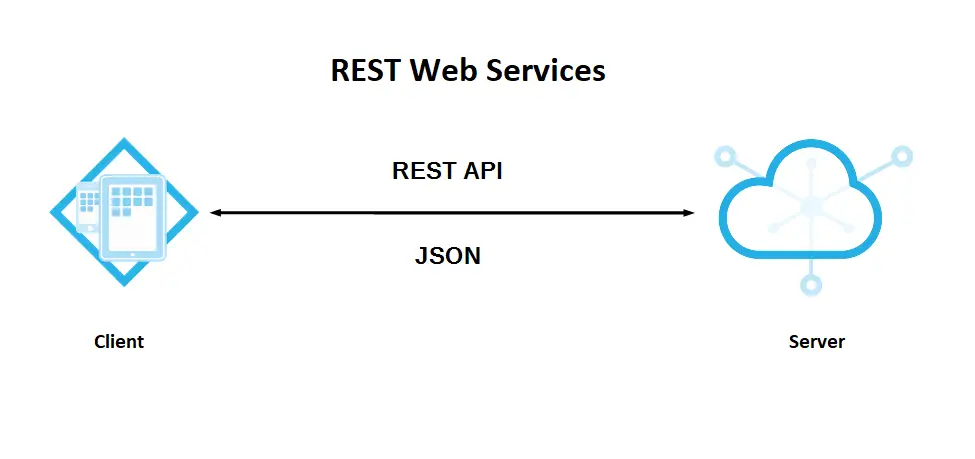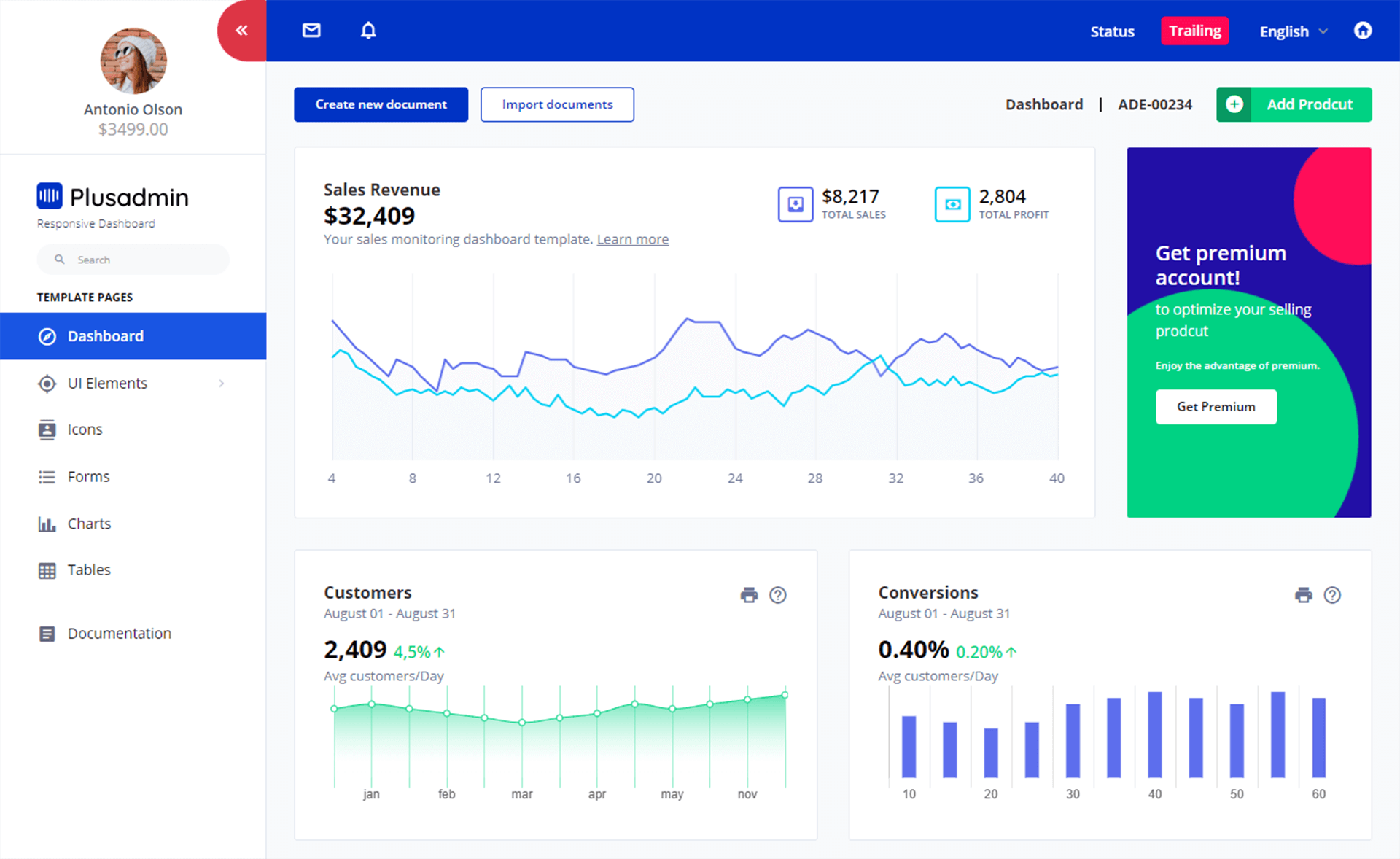Working with Configuration Files in C# .NET
By Tan Lee Published on Dec 25, 2024 780
By default, a .config file is linked to every new desktop or web project. This file is in XML format, and C# objects can be automatically serialized and deserialized from it.
In this tutorial, I will demonstrate how to retrieve these configuration values from the app.config or web.config file using C# code.
Storing Settings in a Config File for C# Projects
There are generally two scenarios when working with settings in config files:
- Storing a single value for a specific setting.
- Storing multiple values under a specific setting.
Each of these scenarios has its own way of handling configuration.
1. Storing a Single Value
For single-value settings, use the <appSettings> section in the config file.
<appSettings>
<add key="EnableNewFeature" value="true"/>
<add key="EnableLogging" value="false"/>
</appSettings>To retrieve these values in your code, you can use the ConfigurationManager.AppSettings as shown below.
using System;
using System.Configuration;
class Program
{
static void Main()
{
bool isNewFeatureEnabled = bool.Parse(ConfigurationManager.AppSettings["EnableNewFeature"]);
bool isLoggingEnabled = bool.Parse(ConfigurationManager.AppSettings["EnableLogging"]);
if (isNewFeatureEnabled)
{
Console.WriteLine("New feature is enabled.");
}
else
{
Console.WriteLine("New feature is disabled.");
}
if (isLoggingEnabled)
{
Console.WriteLine("Logging is enabled.");
}
else
{
Console.WriteLine("Logging is disabled.");
}
}
}Ensure that you include the System.Configuration namespace in your code file.
2. Storing Multiple Values
Sometimes, you may need to store more complex settings, such as API settings, user preferences, or multi-value configurations.
To store multiple values under a specific setting, you should use the <configSections> element in the config file.
You’ll need to implement the following steps:
- Define a section name and its associated class (with a namespace) in the
<configSections>area of the config file. - Create new tags for each section with specific attributes and their corresponding values.
- Implement a class that extends the
ConfigurationSectionclass.
For example, how to store and retrieve more complex settings, like API keys and timeout values, using a custom section.
<configSections>
<section name="apiSettings" type="MyProject.Config.ApiSettings, MyProject"/>
</configSections>
<apiSettings>
<add key="ApiKey" value="12345-abcde"/>
<add key="Timeout" value="30"/>
</apiSettings>You can create a custom configuration class as shown below.
using System.Configuration;
namespace MyProject.Config
{
public class ApiSettings : ConfigurationSection
{
[ConfigurationProperty("ApiKey", IsRequired = true)]
public string ApiKey
{
get { return (string)this["ApiKey"]; }
}
[ConfigurationProperty("Timeout", IsRequired = true)]
public int Timeout
{
get { return (int)this["Timeout"]; }
}
}
}This class should define getter and setter methods for each attribute in the configuration section.
Once the configuration class is set up, you can easily retrieve the stored settings in your application.
using System;
using System.Configuration;
using MyProject.Config;
class Program
{
static void Main()
{
ApiSettings settings = (ApiSettings)ConfigurationManager.GetSection("apiSettings");
if (settings != null)
{
Console.WriteLine("API Key: " + settings.ApiKey);
Console.WriteLine("Timeout: " + settings.Timeout + " seconds");
}
}
}With this setup, you can store and retrieve complex configuration settings from the config file, such as API keys, timeouts, and other parameters.
Using app.config or web.config files in .NET allows you to easily manage and retrieve dynamic settings like connection strings, feature flags, and other configurable values. Whether you're working on a desktop or web application, externalizing configuration values ensures that you can modify these settings without the need for recompilation. It also improves maintainability, making it easier to manage configuration changes across different environments or customer deployments.





